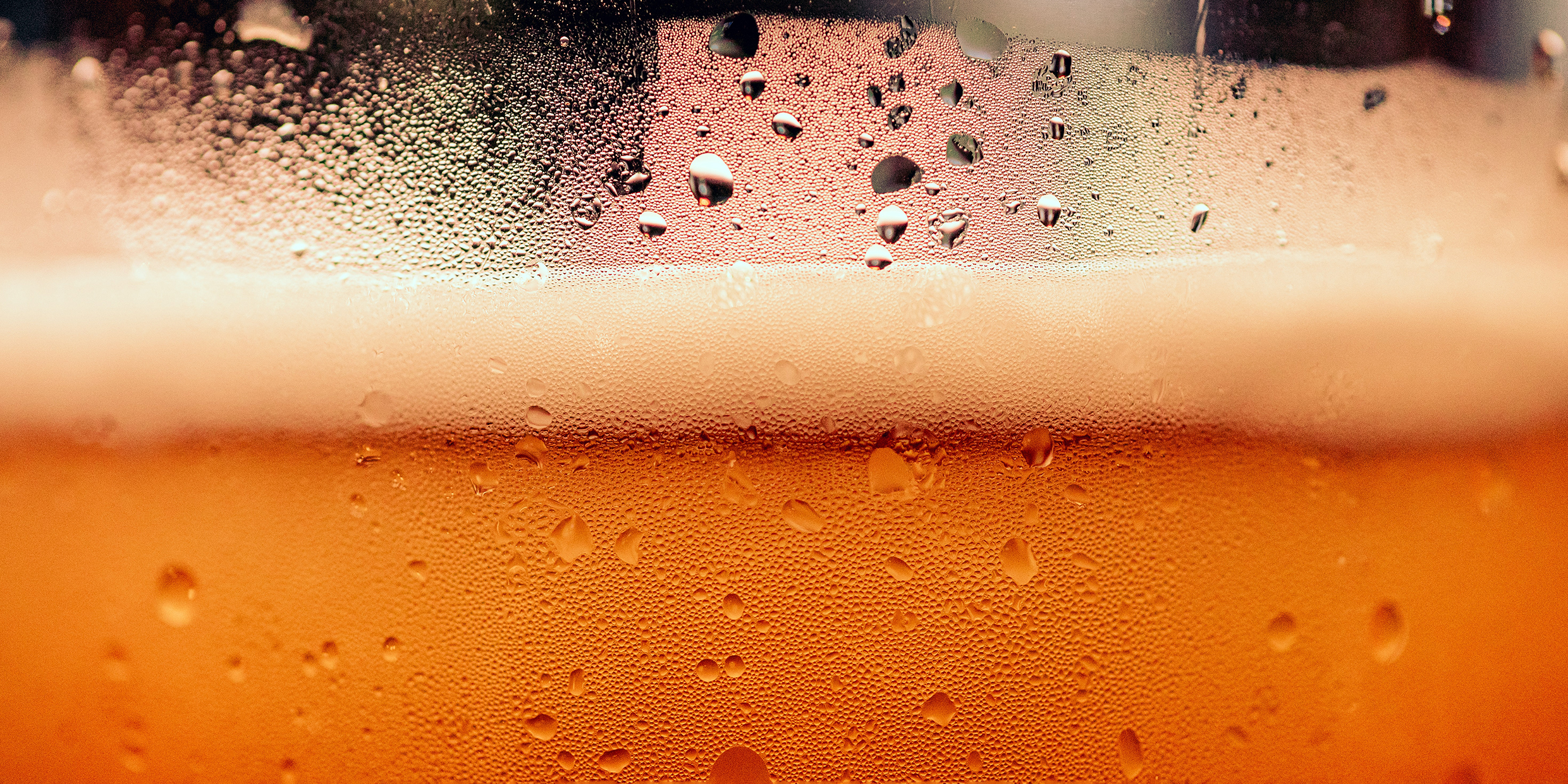Originally published 16 December 1991
Back in the early 1970s a physicist named Robert March published a popular textbook called Physics for Poets. The name caught on. Since that time dozens of schools have offered courses called “Physics for Poets” as ways of attracting non-scientists to the study of physics.
Take my word for it, there is no such thing as physics for poets. What Physics for Poets usually means is physics without mathematics. But physics without mathematics is like poetry without language. It doesn’t exist.
Pythagoras and Plato were the first to guess that physics and mathematics go together. Two thousand years later Galileo observed that the motion of falling objects can be exactly described by a simple mathematical formula. He concluded: The Book of Nature is written in the language of mathematics.
Plato supposed that the Creator of the world was a mathematician. Galileo thought much the same thing. Einstein spent all his life looking for one beautiful equation that would explain everything in the universe — an equation that would mirror the mathematical mind of God.
These days physicists are rather more cautious about presuming a Creator with a calculus book in one hand and a ruler or protractor in the other. When it comes right down to it, most of us haven’t the foggiest idea why nature is so curiously conformable to the mathematical inventions of the human mind.
Mystery in a glass of beer
I was thinking about this great mystery the other evening as I watched the bubbles rise in my glass of beer. There is nothing like a glass of beer to excite philosophical speculation, and nothing like rising bubbles to fix one’s concentration.
Steady streams of tiny bubbles rose from a dozen points on the side of my glass. The bubbles started their journeys at precisely measured intervals, and grew smoothly in size and separation as they ascended. Whatever was going on in my glass of beer was happening with mathematical regularity. Even here, in a glass of beer, nature was showing her sober preference for geometry and number.
I’m not the only scientist to wonder about bubbles in beer. My drinking companion, a physicist, put me on to the October 1991 issue of Physics Today, which contains an article on just this subject by two Stanford University chemists, Neil Shafer and Richard Zare, who seek to establish themselves as the Galileos of beer bubbles.
Dissolved carbon dioxide, or carbonation, in beer is a product of fermentation. Beer must be kept in closed containers if the dissolved gas is not to escape and the beer go flat. When a can or bottle is opened, the dissolved carbon dioxide inevitably escapes.
The bubbles we see rising at the sides of our glasses begin as invisible clusters of carbon dioxide molecules that collect on rough spots or tiny cracks on the surface of the glass. When enough molecules have collected to make a bubble with sufficient buoyancy, the bubble breaks away and begins its ascent.
As the bubble rises it grows by absorbing more gas molecules from the liquid. The rate of absorption is proportional to the surface area of the bubble, which grows with the bubble. The buoyancy of the bubble increases with its volume. The drag on the bubble, resisting its rise, also grows with the size of the bubble, but less quickly than the buoyancy. So the rising bubble accelerates.
The same mathematics
I will spare you the equations and experimental graphs used by our Bacchus-inspired chemists to account for the ascent of beer bubbles. Suffice it to say that our authors make a convincing case (no pun intended) that beer bubbles in their formation and stately rise obey the same mathematical laws of pressure, temperature, volume, buoyancy and drag that are learned by every introductory physics student.
Physics isn’t just about quarks and quasars. Physics is about quarks, quasars, and beer bubbles — and everything else that exists. What is wonderful is that such a small set of mathematical laws has such wide application. Physics can be summed up in one deeply-mysterious philosophical statement: Nature acts by mathematical degree.
Poets can stare into their beer glasses all night waiting for the muse of physics to inspire heady thoughts, but without a knowledge of mathematics they will never appreciate the method by which nature perfects her most commonplace contrivances. Beer bubbles rise at the sides of my glass with Pythagorean excellence, with Platonic majesty, manifesting in their size, shape, and acceleration the measuring hand of a mathematician Creator — or, at the very least, inspiring a beer-sipping physicist’s admiration of mathematically ravishing laws of nature.



